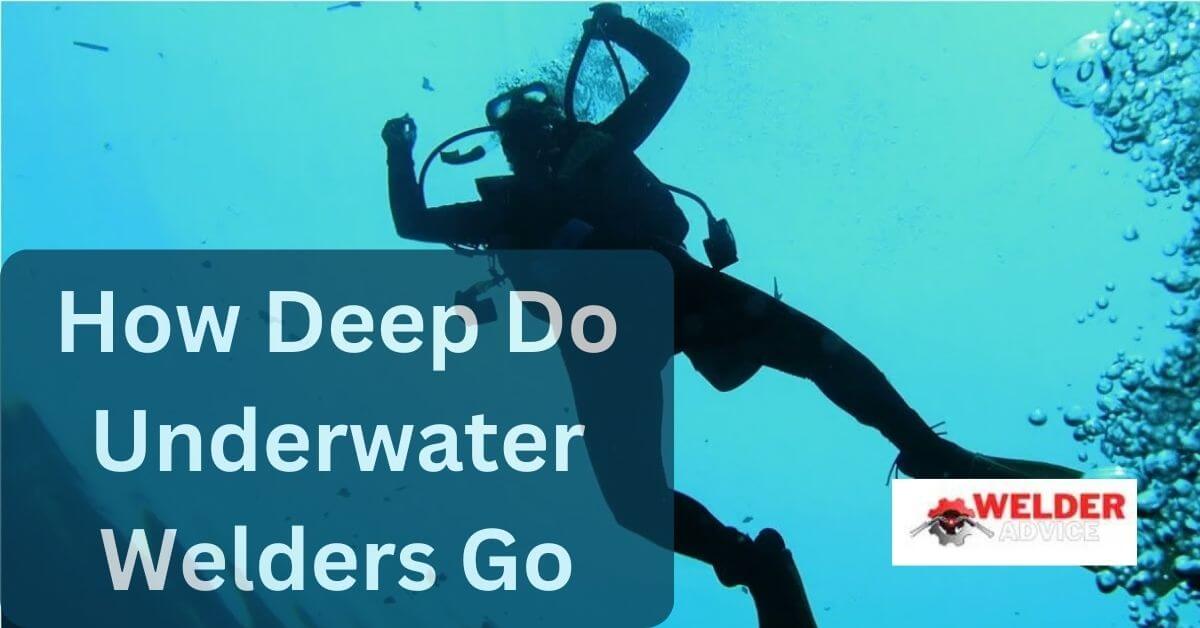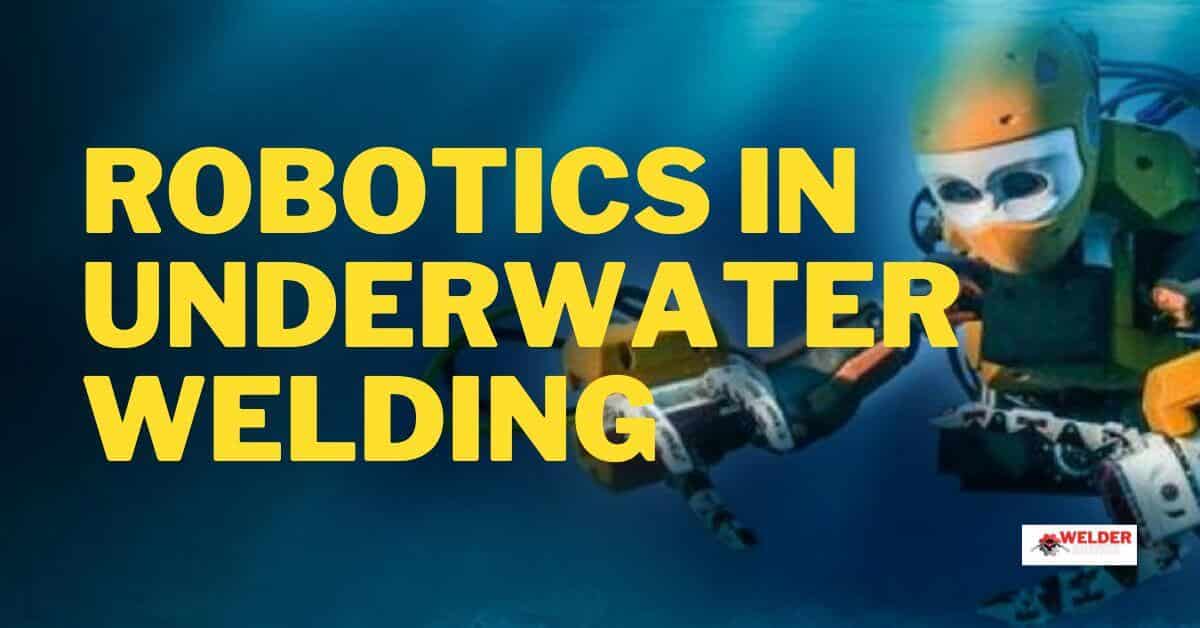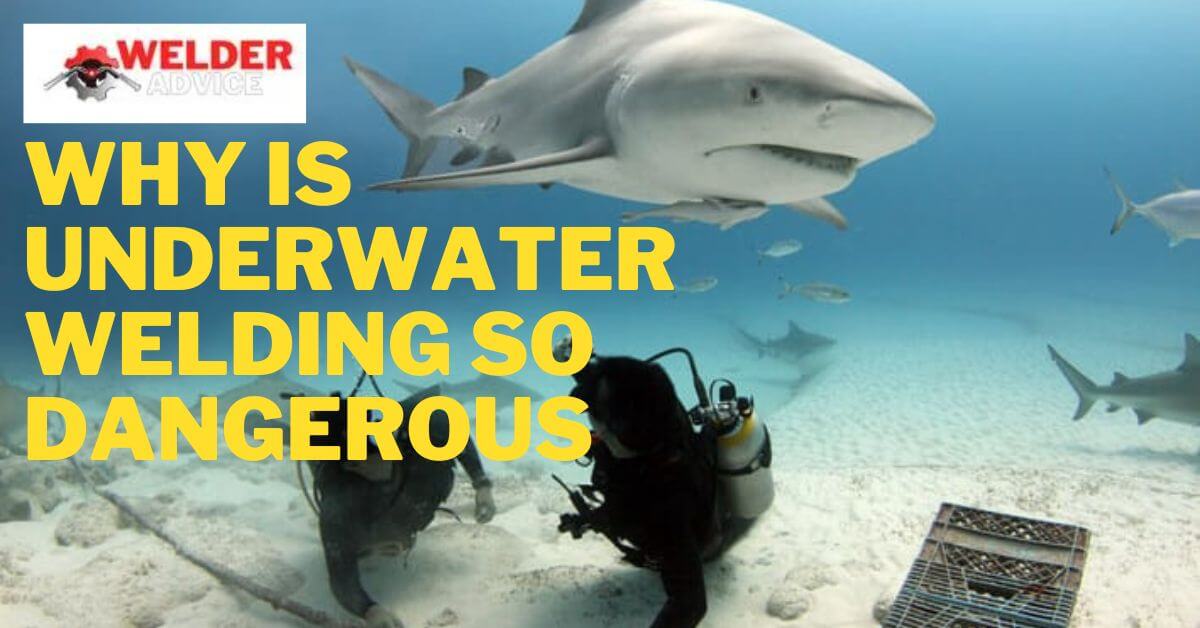Underwater welding is a highly specialized field that requires skilled professionals to work in challenging and dangerous conditions. One of the most important aspects of this job is the depth at which these welders operate. This article will discuss How Deep Do Underwater Welders Go, their equipment, and the safety precautions they must take.
How Deep Do Underwater Welders Go?
Underwater welding is a highly specialized skill and an incredibly dangerous job. It requires a person to handle extreme pressure to complete the task. The question then remains, how deep do underwater welders go?
Underwater welders are often employed by the Navy, oil and gas companies, shipbuilding industries, and maritime services. Being able to weld underwater is a valuable skill and one that is necessary for many of these industries. Depending on the project, deep-sea welding can require divers to work at depths of up to 1,000 feet or more.
These professional divers must use special equipment such as air supply hoses, safety helmets with face shields, and flotation devices to do their job safely. Oxy-fuel torches may also create a controlled flame while welding underwater. While this is an incredibly dangerous profession, it has become increasingly popular due to its high pay rate.
So how deep do underwater welders go? The answer depends on the project, but typically they will dive depths ranging from 30 feet up to 1,000 feet or more, depending on the situation. Safety precautions are always taken into consideration when working under such extreme conditions. So that divers can complete their tasks without putting themselves in danger.
Factors that Determine Maximum Depth of Underwater Welding
Several factors determine the maximum depth of underwater welding. Including the welding process used, the welding area’s size, the water pressure at depth, and the diver’s experience level. These factors must be considered when determining a safe level for underwater welding.
The welding process will determine the types of joint designs that can be made. And how deep they can be completed safely. The size of the area to be welded will dictate how much equipment needs to be brought down with the diver and if it would fit in the space available. Water pressure increases significantly with depth which needs to be accounted for as it affects heat transfer and arc stability.
Finally, a welder’s experience level will impact their ability to work safely in deeper depths due to their familiarity with various procedures, equipment, and safety protocols. These factors will help determine a maximum safe depth for underwater welding operations.
Training and Certification Requirements for Deeper Depths
The deeper a diver goes, the more pressure they are exposed to. So it is essential to understand how to explore these areas safely. Training and certification should include basic diving skills to decompression and emergency procedures.
Divers should also be educated on safety protocols such as proper buoyancy control, emergency signaling methods, and dive planning. Certification courses will equip divers with the necessary knowledge and skills. And prepare for a dive at greater depths with confidence properly. Divers can enjoy the sights with appropriate training and certification requirements for deeper depths. And wonder at the ocean’s depths without compromising their safety or health.
Benefits of Underwater Welding at Greater Depths
Underwater welding at greater depths has many benefits, making it an excellent choice for those looking to work in the industry. One of the main advantages is its ability to weld in difficult-to-reach areas. This means that underwater welders can access areas inaccessible by traditional land-based welding techniques, allowing for more complex and intricate welds. Additionally, welding at greater depths provides better heat control, leading to improved weld quality.
Furthermore, underwater welders benefit from improved safety due to reduced fire risk and electric shocks during the welding process. Due to the increased pressure, welds made at deeper depths are often more potent and more resistant to corrosion than those made in shallower waters. Finally, the most important advantage of deep underwater welding is earning potential. You can earn more by going deeper. All these benefits make underwater welding an excellent option for those looking to improve their skills or take on new projects.
Also Read: Why is Underwater Welding So Dangerous
Challenges Associated with Deeper Depths
Exploring deeper depths can be challenging due to extreme pressure and hazardous environment. As depths increase, the pressure increases exponentially, making it difficult for humans to survive. Additionally, the lack of sunlight makes navigation and communication difficult, leading to lost equipment or personnel. Furthermore, dangerous creatures such as giant squid and deep-sea fish also pose a threat and must be navigated around.
Finally, increased water temperature makes it more challenging to stay comfortable diving at greater depths. All these factors make exploring deeper depths a tough feat that requires great skill and knowledge from the diver or research team.
The Equipment Used by Underwater Welders
Underwater welders use various specialized equipment to perform their job safely and effectively. This includes welding torches, regulators, and air tanks to provide the welder with breathable air and technical diving gear such as wetsuits and dive helmets. In addition, underwater welders may use remotely operated vehicles (ROVs) to assist in their work at greater depths.
Safety Precautions for Underwater Welding
Working at depths of up to 600 feet poses many risks, including decompression sickness, hypothermia, and drowning. To minimize these risks, underwater welders must follow strict safety protocols. Including proper training, regular safety drills, and specialized diving equipment. They must also be aware of the potential hazards of their work environment, such as currents and underwater obstacles.
Final Thoughts
Deep underwater welding is a specialized job that requires a great deal of skill and experience. It involves cutting-edge technology to weld together materials submerged in water, including those beneath the sea. Typically, an underwater welder can work up to a depth of about 300 meters. This type of welding must be done with extreme caution due to the high pressure and potential for dangerous gases.





